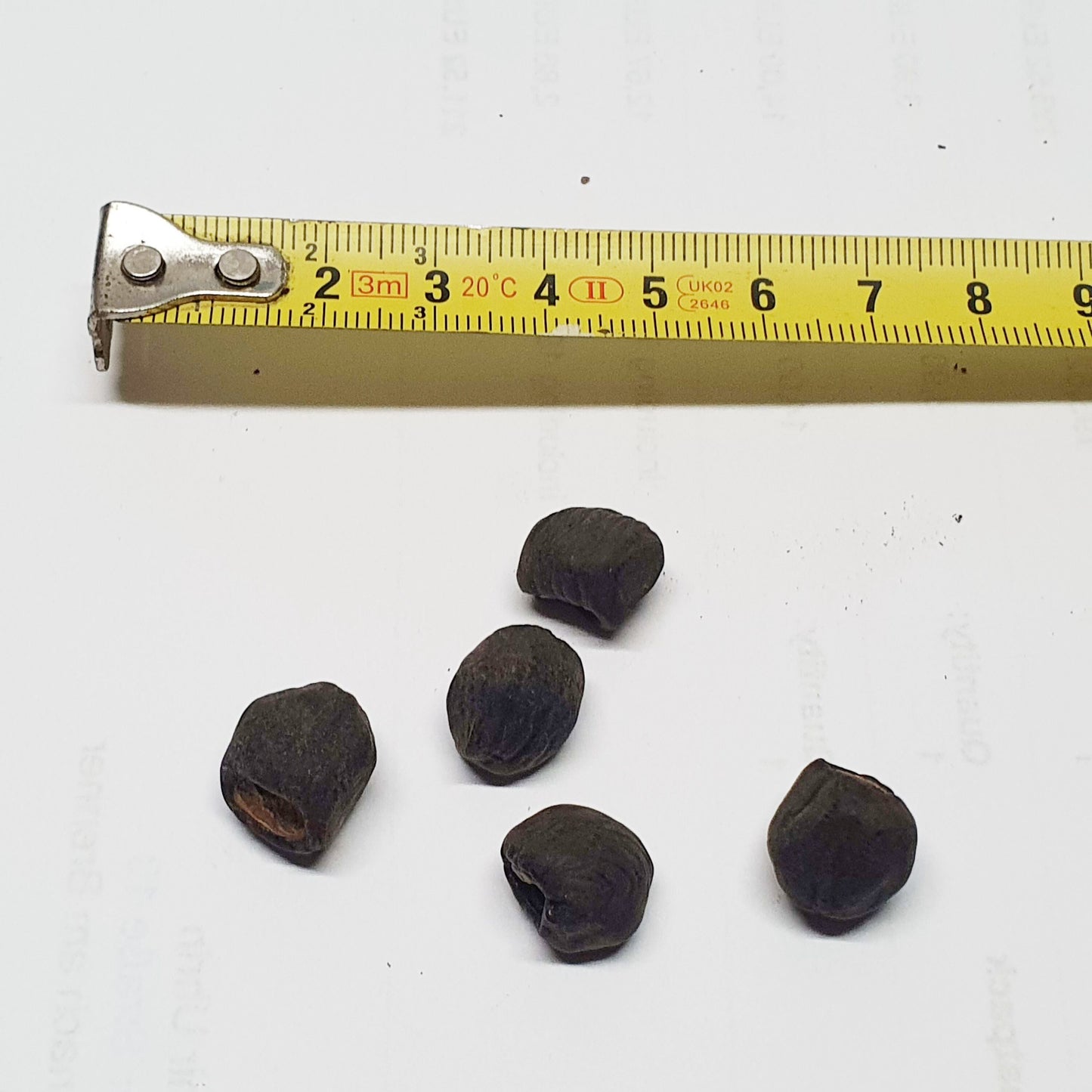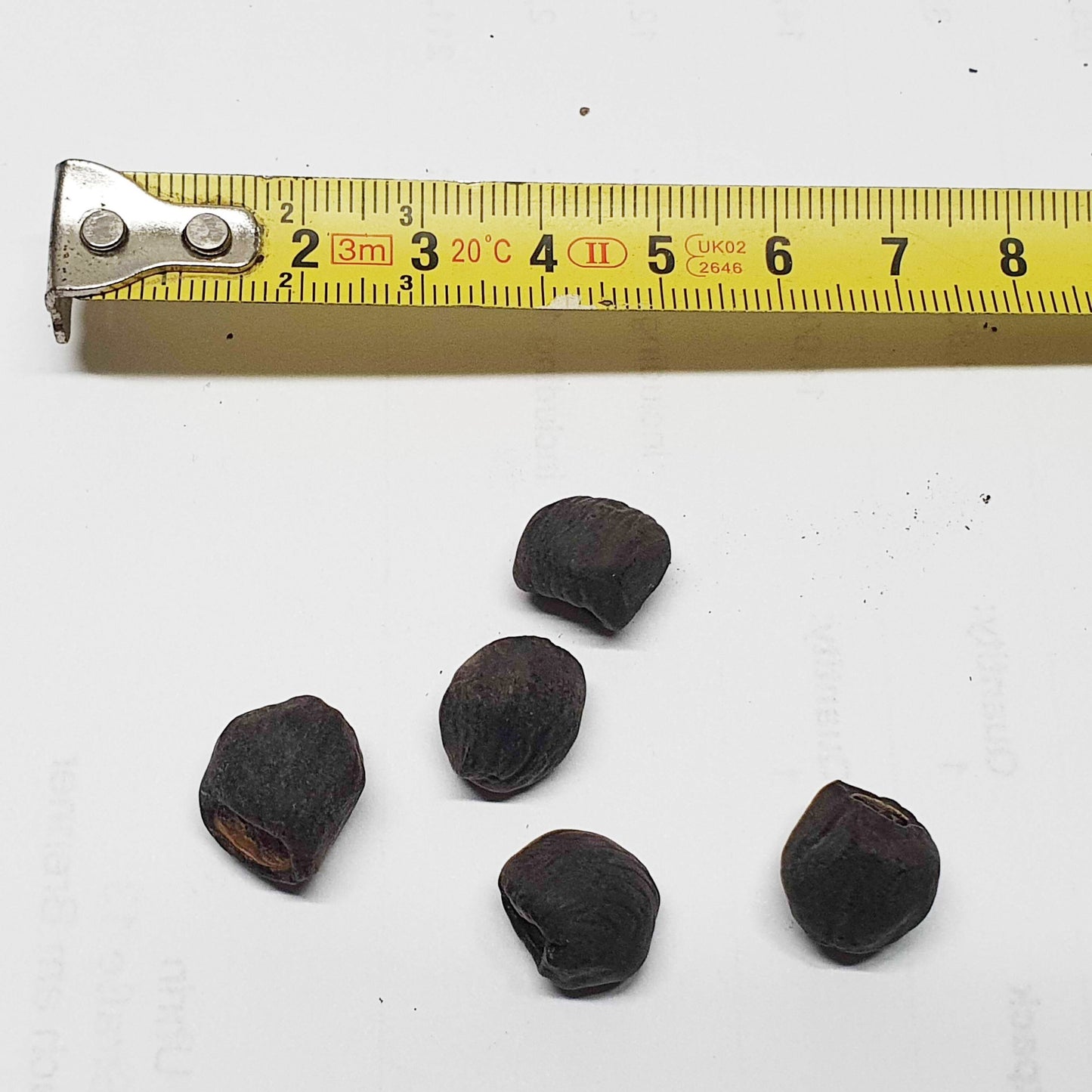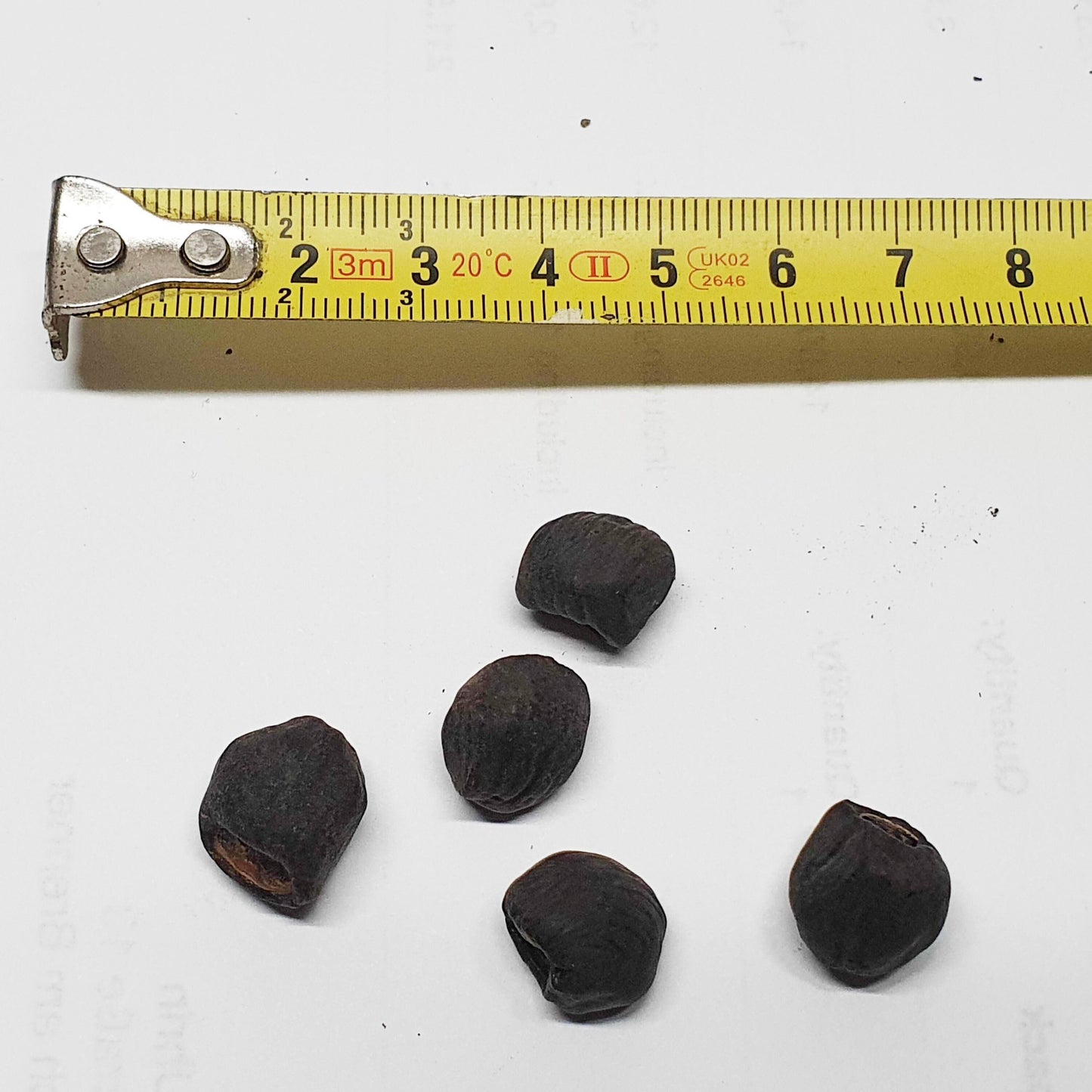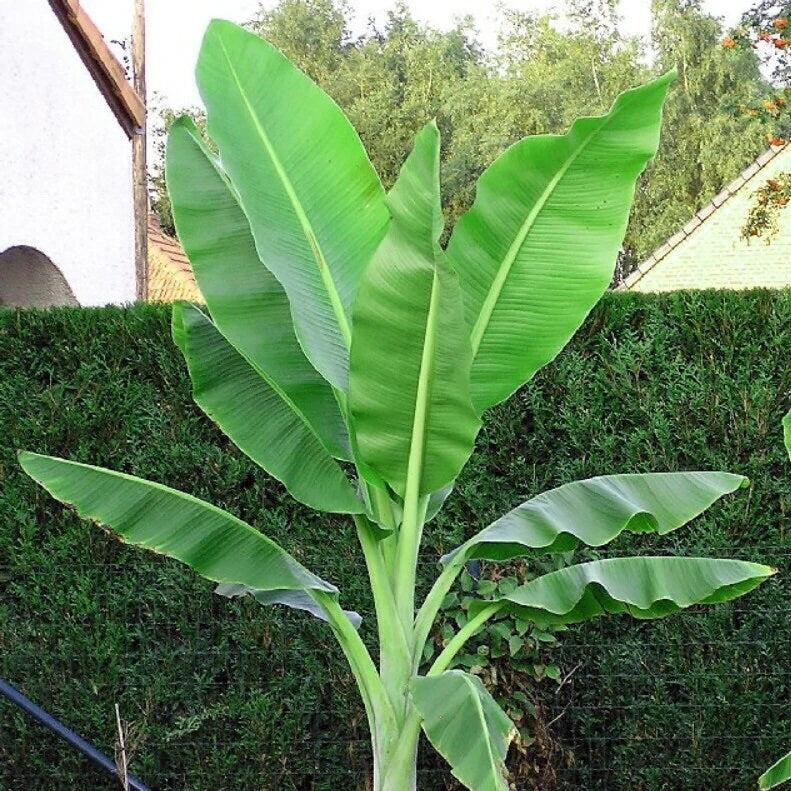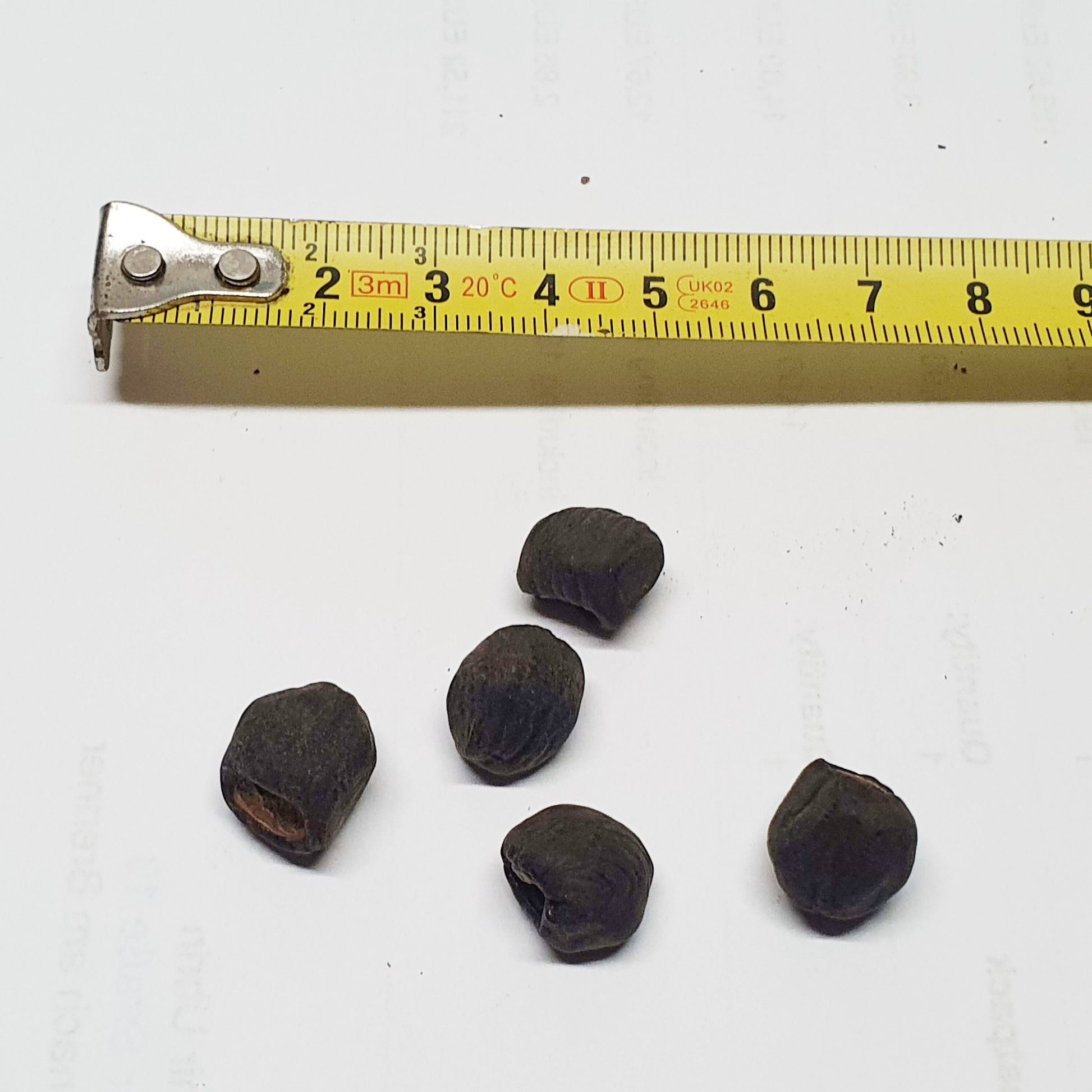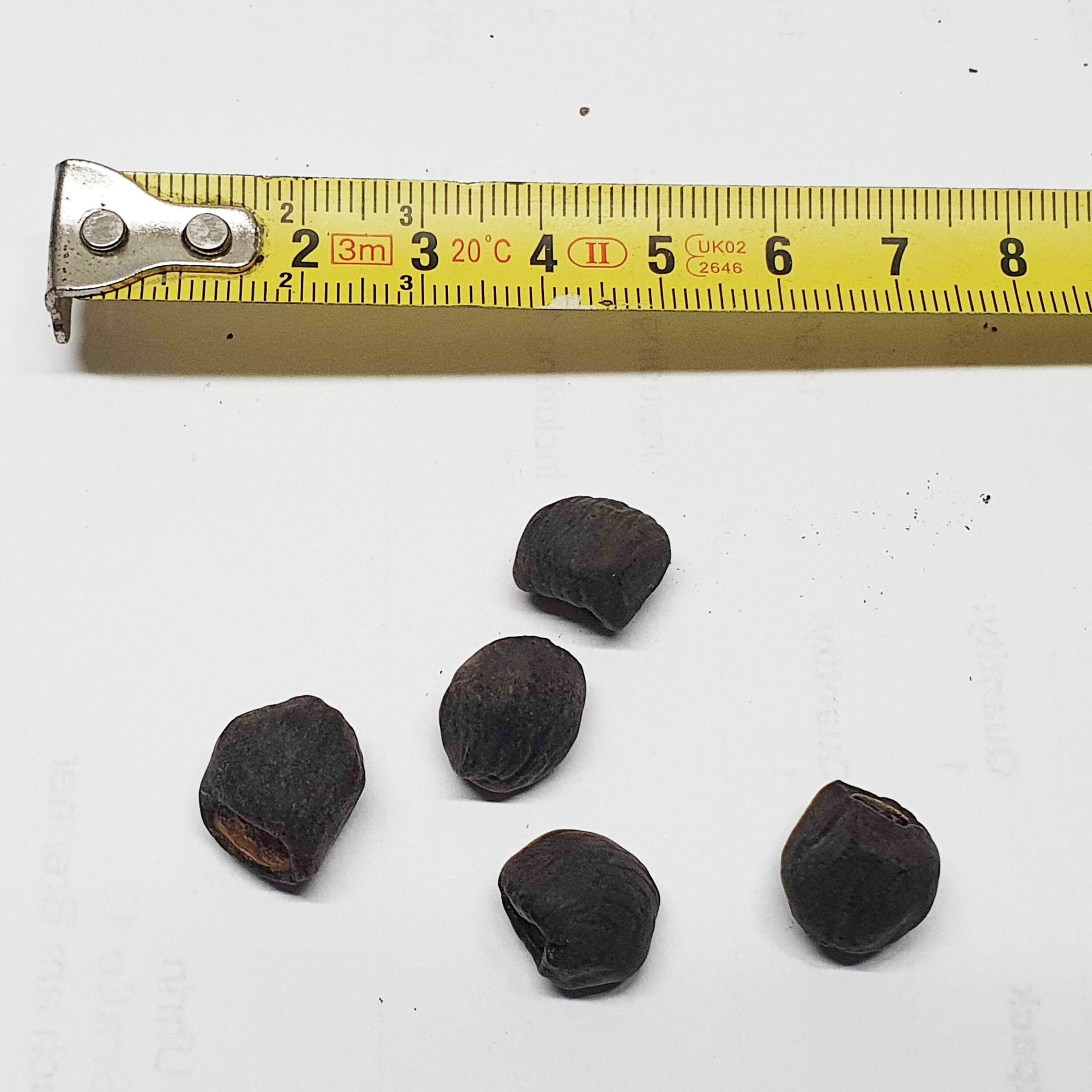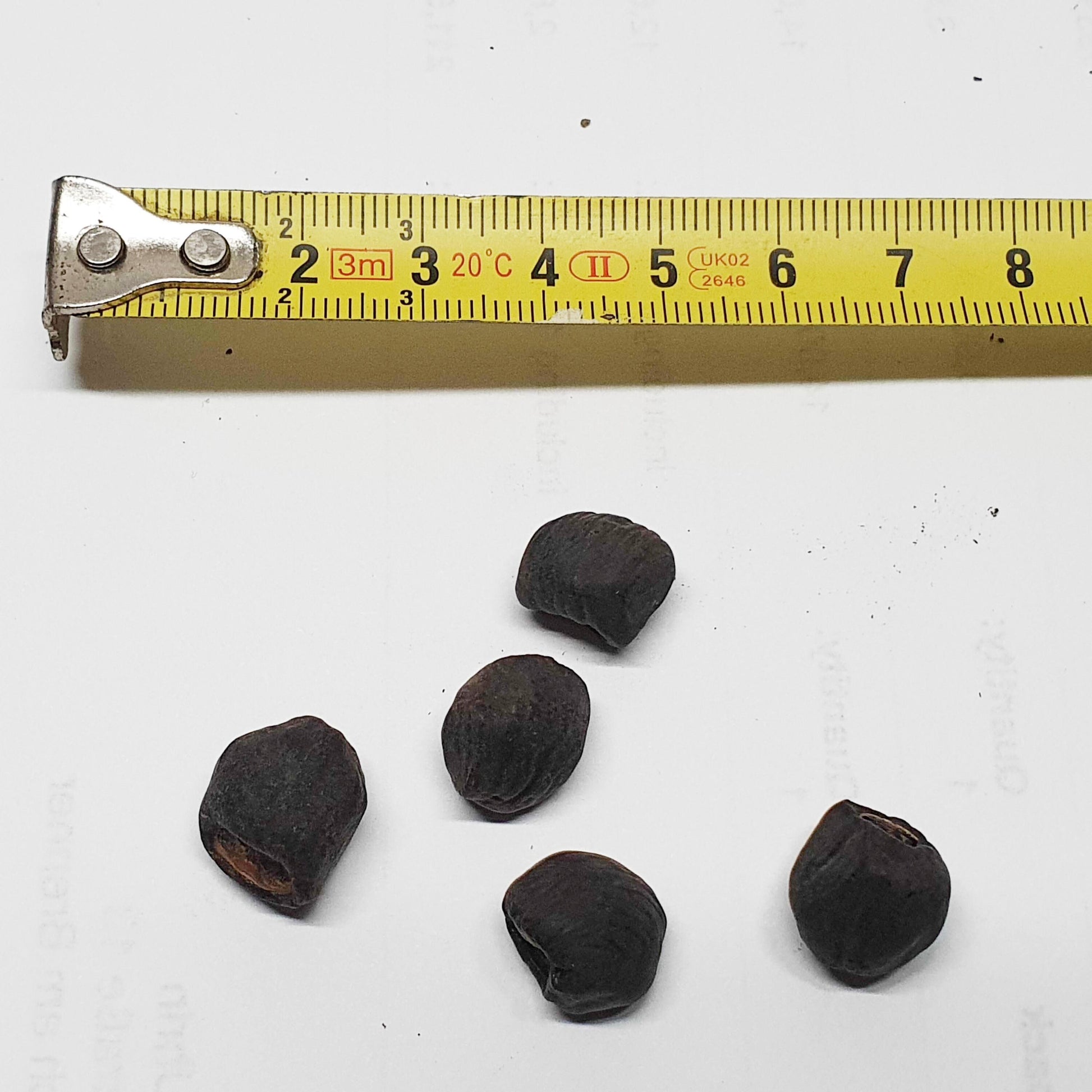VIRIAR
Ensete glaucum - Snow Banana - 10 seeds
Ensete glaucum - Snow Banana - 10 seeds
Couldn't load pickup availability
Plant Description
Name: Ensete glaucum
Common Name: Blue Banana, Blue Abyssinian Banana
Ensete glaucum, commonly known as the Blue Banana or Blue Abyssinian Banana, is a striking and ornamental species of banana plant native to the highlands of Ethiopia and other parts of East Africa. It is notable for its impressive foliage and unique, blue-tinted leaves, which contribute to its ornamental appeal in tropical and subtropical gardens.
The Blue Banana is a large herbaceous plant that can reach heights of 5-10 meters (16-33 feet). It features a pseudostem (the trunk-like structure) that is smooth and green with a slight waxy coating. The leaves are large, paddle-shaped, and have a distinctive blue-green color with a metallic sheen. The plant does not produce edible bananas but is valued for its dramatic foliage and is often used as a focal point in garden design.
Cultivation of Ensete glaucum
Conditions:
- Light: Ensete glaucum prefers full sun to partial shade. It thrives in bright, direct sunlight but can tolerate some light shade, especially during the hottest part of the day.
- Temperature: This plant is suited to warm climates and prefers temperatures ranging from 20-30 °C (68-86 °F). It is not frost-tolerant and should be protected from temperatures below 5 °C (41 °F). It is suitable for USDA zones 9-11.
- Soil: The Blue Banana prefers well-draining, fertile soils rich in organic matter. It can adapt to various soil types, including loamy or sandy soils, as long as they are well-draining and have a slightly acidic to neutral pH.
- Water: Regular watering is essential for Ensete glaucum. The soil should be kept consistently moist, but not waterlogged. Increase watering during the growing season and reduce it slightly in the winter months when the plant's growth slows.
Planting and Care:
- Planting: Choose a location with full sun or partial shade and ensure well-draining soil. If planting in the ground, ensure there is adequate space for the plant to grow, as it can become quite large. For container planting, use a large pot with good drainage and a rich, well-draining potting mix.
- Fertilization: Feed Ensete glaucum with a balanced, slow-release fertilizer during the growing season to support healthy growth and vibrant foliage. Apply fertilizer every 4-6 weeks. Avoid over-fertilization, as this can lead to nutrient imbalances.
- Maintenance: Little maintenance is required beyond removing dead or damaged leaves. The Blue Banana is generally resistant to pests and diseases, but it is a good idea to monitor the plant regularly for common issues like spider mites or fungal infections.
Growing from Seeds
- Seed Preparation: Soak the seeds of Ensete glaucum in warm water for 24-48 hours to soften the outer shell and improve germination rates.
- Sowing: Sow the seeds in a well-draining seed-starting mix. Place the seeds about 1-2 cm (0.5-1 inch) deep in the soil and cover lightly.
- Germination Conditions: Place the seed tray in a warm, humid environment with temperatures around 25-30 °C (77-86 °F). Keep the soil consistently moist but not waterlogged. Germination can be slow and may take several weeks to a few months.
- Care for Seedlings: Once seedlings emerge, provide them with bright, indirect light and gradually acclimate them to more direct sunlight. Transplant seedlings into larger pots or directly into the garden once they are large enough to handle.
Ensete glaucum is a visually stunning plant that adds a touch of exotic beauty to any garden. Its impressive size, unique foliage, and relatively low-maintenance nature make it a desirable choice for tropical and subtropical landscapes.
Shipping & Returns
Shipping & Returns


